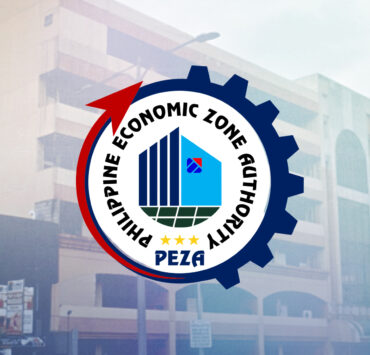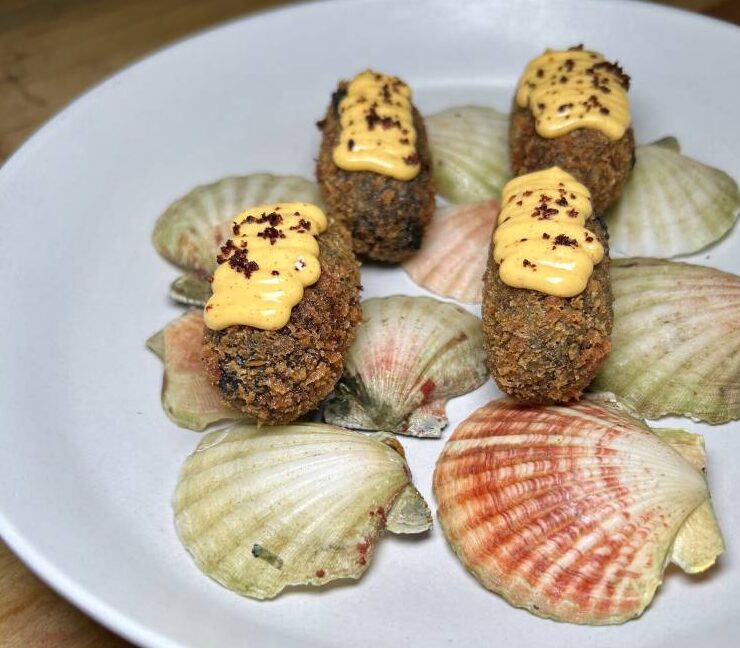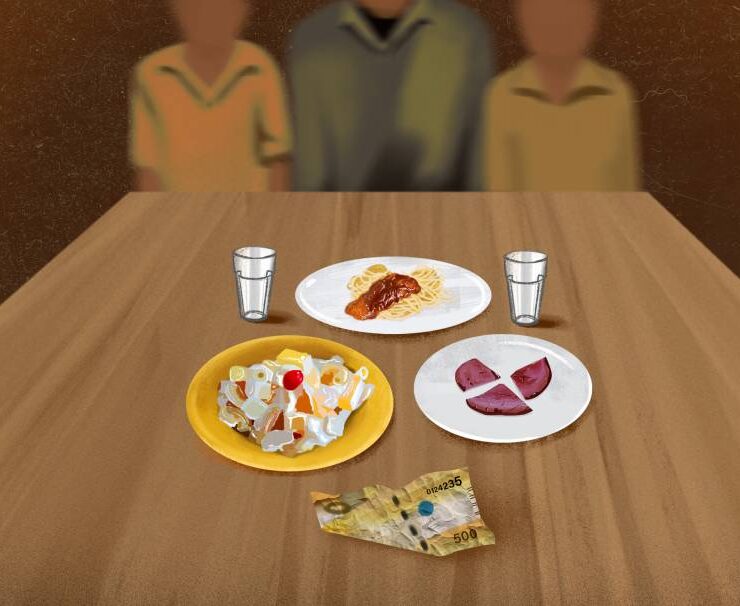A legacy woven into each rug
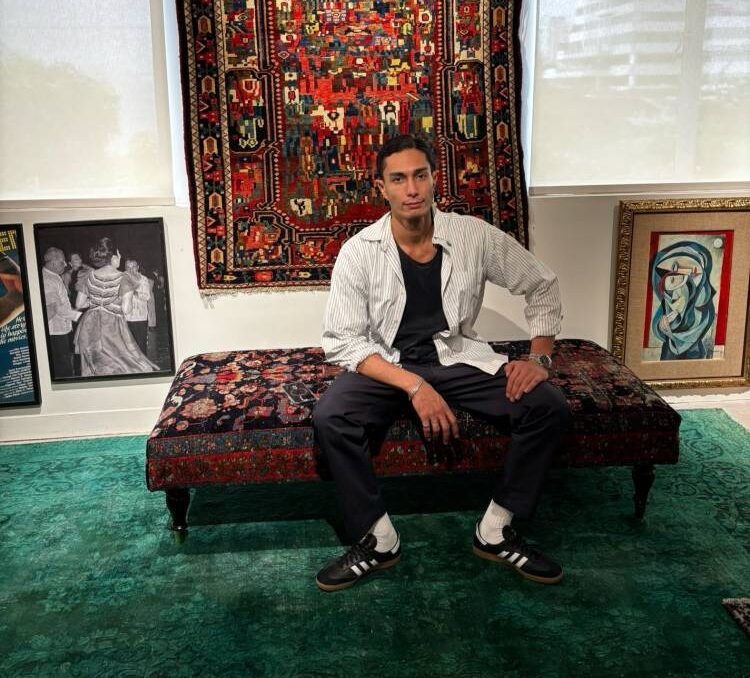
In foreign countries, Persian rugs are coveted for their beauty and investment potential, particularly among collectors and estate owners. Antique rugs over 80 years old can appreciate in value like fine art, especially if they have provenance or a history of illustrious ownership.
The Philippines is only beginning to appreciate the value of Persian rugs. Iranian Filipino distributor Farzam Sarmiento has bravely ventured into tapping the local market, specifically targeting architects and designers. At Archivo 1984, his collection of Persian rugs showcases well-known styles.
Sarmiento’s father, an Iranian, came to the Philippines to study dentistry and met his future wife, a Filipina. Born in Tehran, Iran, Sarmiento studied electronic communication at the University of the East and Far Eastern University. He returned to Iran to study interior design and began collecting carpets, which are a source of national pride as both an art form and a record of Iranian culture and history. Days were spent visiting bazaars in different states and befriending suppliers. His oldest carpet, a Bhaktiari, is over 80 years old and represents one of the oldest designs.
Meticulous, labor-intensive process
In 2018, Sarmiento returned to the Philippines to launch his carpet business. Initially, he sold at Makati Village, but the pandemic forced him to adapt. His business has since migrated online through the website farzamcollection.com and on Instagram @farzamcollection. He also actively participates in exhibitions to educate the public about the rich history and value of Persian rugs.
Some of the rugs in the Farzam Collection hail from the ancient city of Shiraz, a cornerstone of Iran’s illustrious carpet industry. Here, nomadic tribes traditionally tend flocks of sheep, whose thick, long wool provides the raw material for these masterpieces.
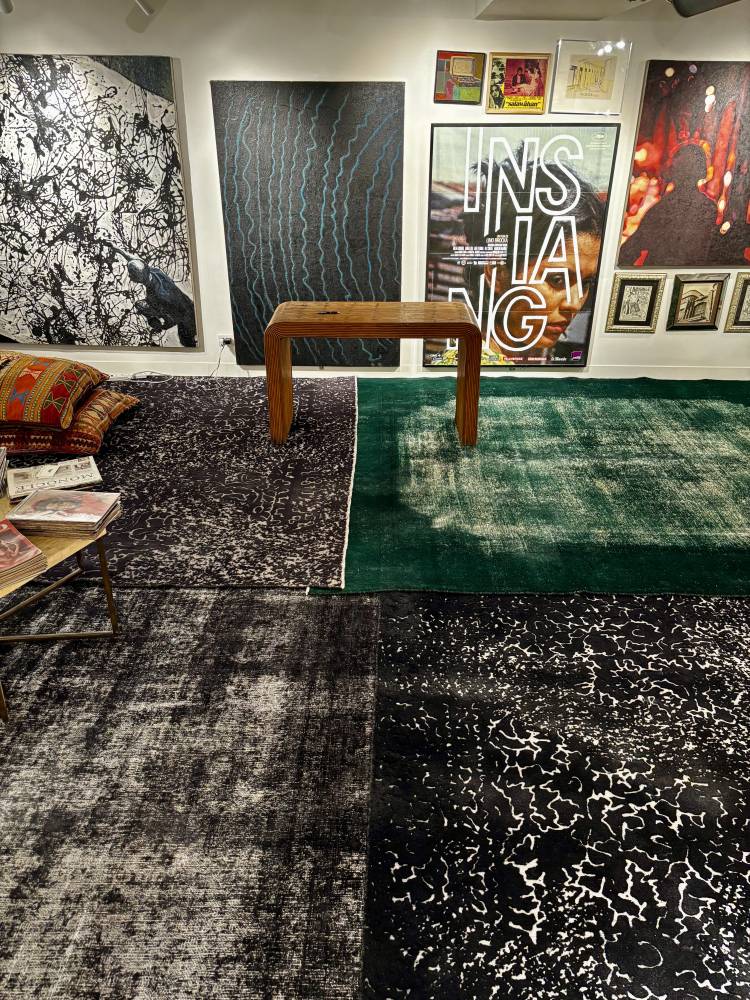
The wool undergoes a meticulous process, beginning with boiling and dyeing using natural ingredients such as pomegranate peels, wine leaves, and indigo. Skilled artisans then transform the dyed threads into yarn, twisting them by hand.
Weaving is a labor-intensive art form, often taking months or even years to complete a single rug. Women, the primary weavers, dedicate countless hours meticulously knotting thousands of threads on their looms to create the intricate patterns that define Persian rugs.
However, this industry faces unprecedented challenges. Years of Western sanctions against Iran’s nuclear activities, the country’s involvement in the Russia-Ukraine war, and fierce competition from machine-made rugs from China and India have taken a toll. Many fear that the art of Persian rug making may not survive these uncertain times. Despite these adversities, the artisans remain dedicated to preserving their heritage, ensuring this cultural treasure endures.
Persian rugs are categorized according to the city, village, or tribe that produced them. Here’s a look at the other styles showcased at Archivo Gallery.
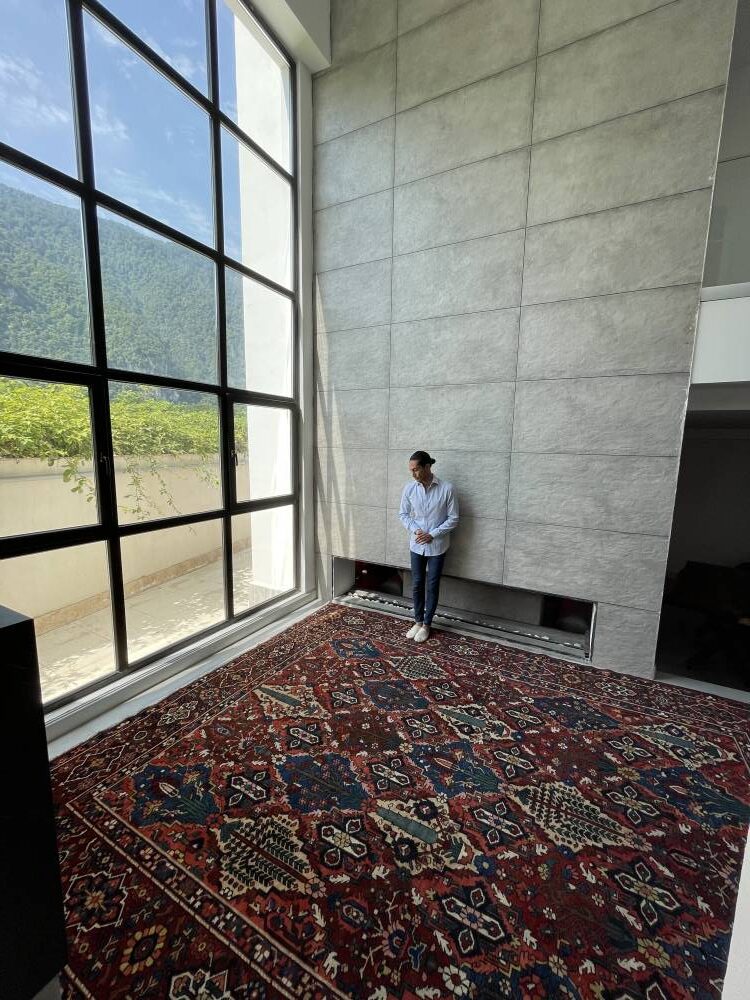
Bakhtiari
The nomadic tribespeople of the rugged Zagros Mountains are known for their antique tribal carpets, often oversized and palace-sized. The modern carpets are made from lanolin-rich, durable wool and dyed with luminous, natural colors. Oversized Bakhtiari carpets, often featuring virtuoso central medallions or dramatic garden compartment motifs, are the product of skilled weavers and dyers, requiring up to six years to complete. These rugs offer a diverse range of designs, including the symbolic vase and Tree of Life motifs.
A hallmark of Bakhtiari rugs is the bold and colorful aesthetic. The Khesti layout, with its intricate compartments filled with flora and fauna, is a feast for the eyes. Another popular design, the medallion-and-corner layout, features a central medallion surrounded by ornate borders.
A rare design, the Guli Farang or foreign flower is a 19th-century Continental-inspired motif believed to originate from an English cabbage flower.
Farahan
This village in west central Iran, is famous for its geometric-patterned rugs. The Herati and Boteh motifs are two of the most popular designs. The Herati motif, named after the city of Herat in Afghanistan, is a diamond-shaped pattern often adorned with floral motifs at its corners. This design symbolizes good fortune and prosperity. The Boteh motif is a teardrop or pine cone-shaped design, often appearing in pairs or rows. This motif, with its symbolic associations with life, growth, fertility, and the elements of water and fire, is deeply rooted in Persian culture.
The Sarouk-Farahan showcases a classic Persian medallion layout. These rugs feature large hexagonal, diamond, or oval medallions adorned with ornaments.
Herati
The Gul Hana (translated as flower design) is a stylized rose or tulip, surrounded by leaves and other floral elements. This motif can vary in complexity, from simple, geometric designs to intricate, naturalistic representations.
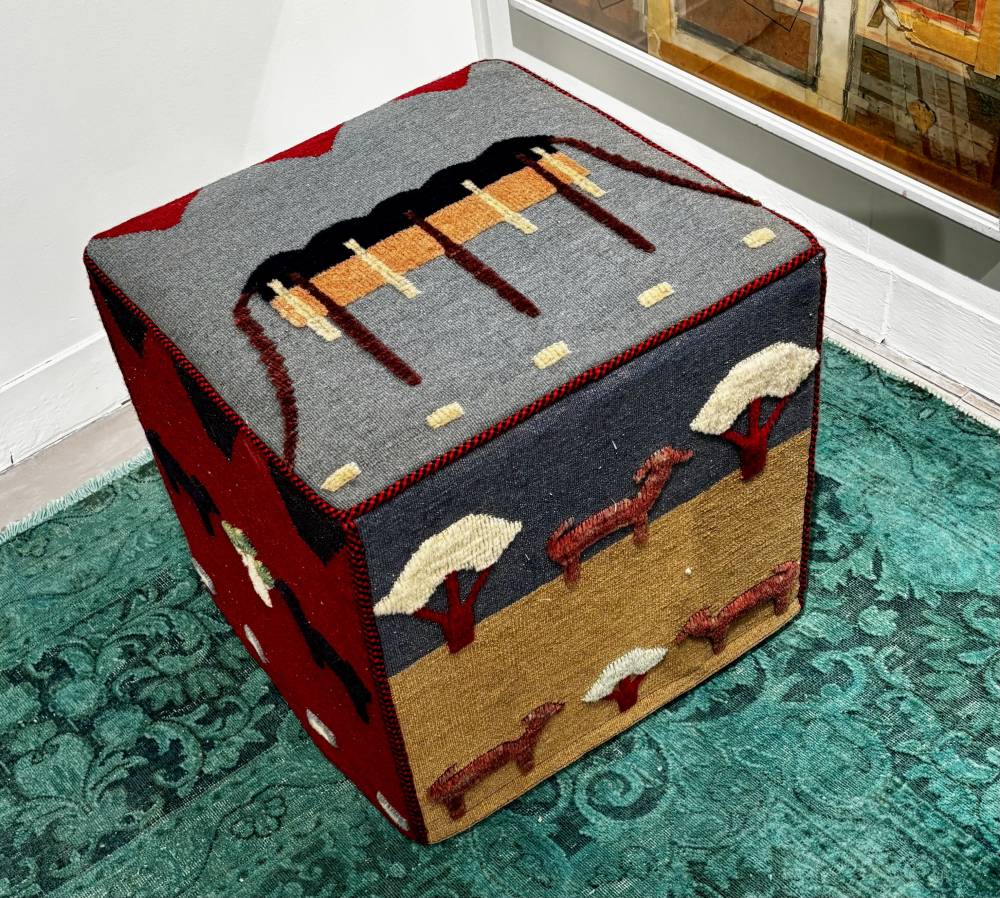
Kilim
These flat-woven rugs are crafted using a special technique that results in a reversible fabric with their distinctive abstract or geometric pattern. Unlike the pile rugs whose threads are looped and knotted to create a plush texture, flat woven rugs are made of interlaced wool ropes. They feature rich colors, achieved through vegetable-dyeing wool.
Contributing to their appeal is their affordability, making them an attractive option for beginning carpet collectors. Despite their traditionally perceived secondary status to pile carpets, kilims have emerged as highly collectible items in recent years.
Ziegler
Also known as Chobi rugs, Zieglers are a blend of traditional and modern rug weaving techniques.
The term Chobi derives from the Farsi word chob, meaning wood or lumber. This name reflects the natural, muted color palette inspired by wooden hues. These rugs are typically hand-knotted and crafted with vegetable dyes, resulting in soft, subtle colors and intricate, traditional designs.
Originating in late 19th-century Iran, Ziegler rugs were introduced by the German company Ziegler & Co. to appeal to the Western market while preserving traditional Persian craftsmanship. The company employed local weavers and provided high-quality materials and designs inspired by Persian motifs.
Ziegler rugs are characterized by soft, muted colors and elegant, balanced patterns. They often feature a central medallion or repeated patterns, adorned with intricate floral and geometric designs. The use of vegetable-based dyes contributes to their distinctive, warm hues.
Then there are modern distressed Persian carpets made of hand-woven with natural fibers. These rugs feature intentionally faded colors, worn-out edges, and softened textures. While traditional patterns persist, modern interpretations often incorporate minimalist designs and understated or monochromatic palettes. These rugs add warmth and character to both classic and modern interiors.
Farzam’s carpets will be on view till January at Archivo 1984 in Makati City. The gallery is open on appointment basis. Instagram: @archivo1984















